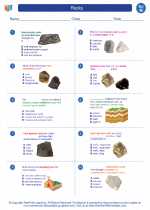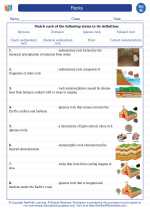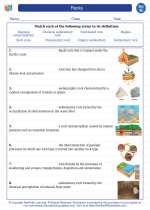Rocks -> cosmic rays
Cosmic Rays: An Overview
Cosmic rays are high-energy radiation, mainly originating from sources outside the solar system. They consist of protons, electrons, and atomic nuclei, and can have energies ranging from a few MeV (mega-electronvolts) to several Joules. Cosmic rays are constantly bombarding the Earth's atmosphere and have been a subject of scientific interest for many decades. They have significant implications for astrophysics, particle physics, and even play a role in our everyday lives.
Sources of Cosmic Rays
Cosmic rays come from various sources, including:
- Supernovae: The explosive death of massive stars can produce cosmic rays.
- Active Galactic Nuclei: Supermassive black holes at the centers of galaxies can accelerate particles to cosmic ray energies.
- Galactic Cosmic Rays: These cosmic rays originate from within our Milky Way galaxy.
- Extragalactic Cosmic Rays: Cosmic rays from sources outside our galaxy.
Effects of Cosmic Rays
Cosmic rays have a range of effects on the Earth and its inhabitants:
- Ionization of the Atmosphere: Cosmic rays can ionize molecules in the atmosphere, leading to the formation of secondary particles.
- Biological Impact: They can have biological effects on living organisms, including potential DNA damage in humans and other organisms.
- Technological Impact: Cosmic rays can interfere with electronic devices, including satellites and spacecraft, by causing glitches and malfunctions in their operations.
Study Guide
To better understand cosmic rays, consider the following study guide:
- What are cosmic rays and what are their main constituents?
- Explain the sources of cosmic rays and their implications for astrophysics.
- Discuss the biological and technological impact of cosmic rays on Earth.
- Research the history of cosmic ray studies and the scientists involved in their exploration.
- Explore the methods used to detect and study cosmic rays, including ground-based and space-based observatories.
By delving into these topics, you can gain a deeper understanding of cosmic rays and their significance in the field of science and technology.
[Cosmic Rays] Related Worksheets and Study Guides:
.◂Science Worksheets and Study Guides Eighth Grade. Rocks

 Worksheet/Answer key
Worksheet/Answer key
 Worksheet/Answer key
Worksheet/Answer key
 Vocabulary/Answer key
Vocabulary/Answer key
 Vocabulary/Answer key
Vocabulary/Answer key
 Vocabulary/Answer key
Vocabulary/Answer key
